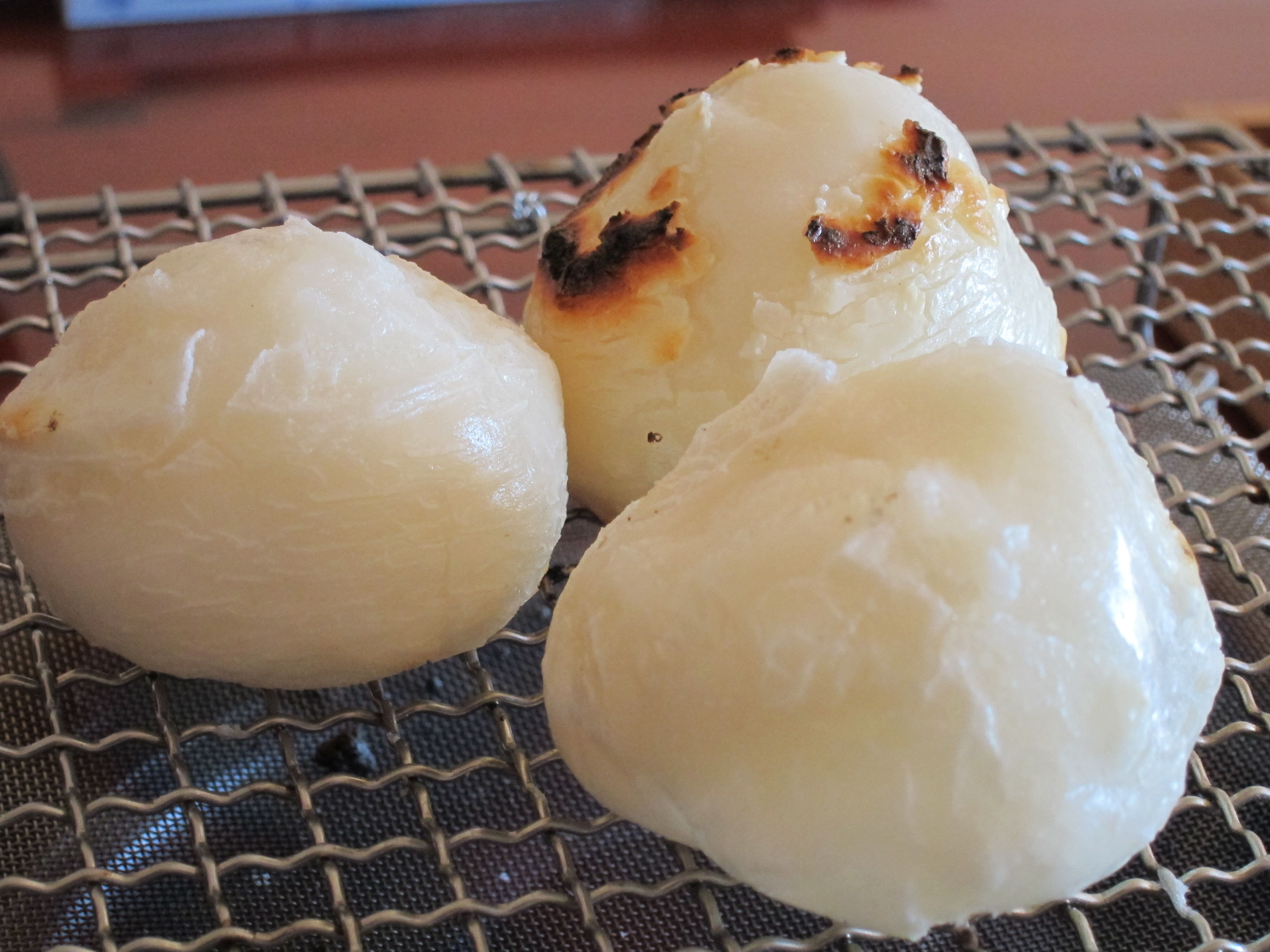Shōgatsu (New Year's) is the most important holiday on the Japanese calendar, and the dishes associated with it are laden with symbolic meaning. While the colorful foods of osechi, packed attractively in jūbako (stacking bento boxes), are the flamboyant attention-catchers of the New Year's feast, the quiet star of the show and the food with the most historic and spiritual significance is mochi.
Mochi is made from mochi-mai, a type of rice known as "glutinous" or "sweet" in English. This short-grain rice is much stickier than the medium-grain uruchi-mai rice that's standard in Japanese cuisine.
Traditionally, mochi-mai was considered to be more desirable than uruchi-mai, and the pounded cake form, mochi, was a highly prized luxury food only affordable to the ruling classes. That's because mochi-mai yields are low, and quite a lot of it is needed to make mochi cakes.


















With your current subscription plan you can comment on stories. However, before writing your first comment, please create a display name in the Profile section of your subscriber account page.